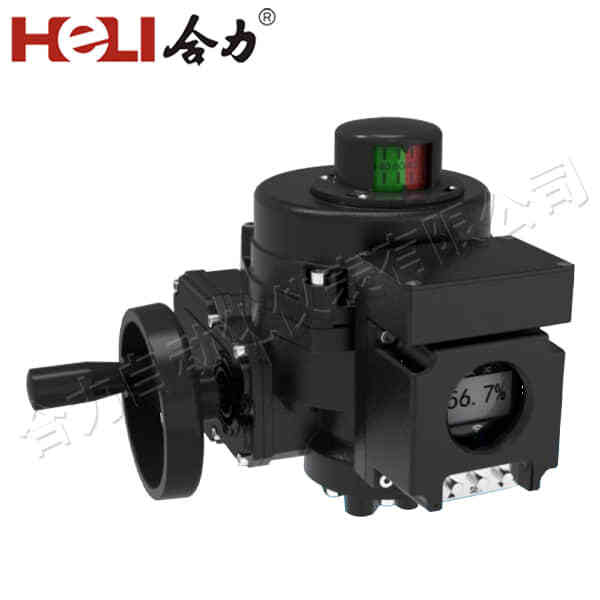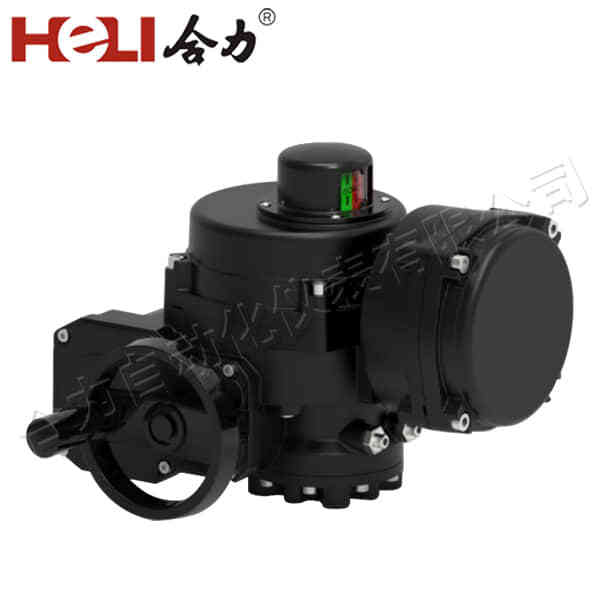Electric actuators are vital components in modern automation systems, serving as the key devices that convert electrical energy into mechanical motion. These actuators are widely used in industries ranging from manufacturing and robotics to automotive and aerospace, providing a more precise, efficient, and reliable method of control compared to traditional mechanical systems. This article explores the importance, working principles, and various applications of electric actuators, as well as their benefits over other types of actuators.

Understanding Electric Actuators

At its core, an electric actuator is a device that uses electrical energy to generate a controlled mechanical movement, typically in the form of linear or rotary motion. It is powered by electric motors, such as DC motors, stepper motors, or AC motors, which convert electrical energy into kinetic energy. This motion is then transmitted to the output of the actuator, which can be used to control valves, doors, robotic arms, or even entire systems in industrial plants. The electric actuator is often chosen for its ease of integration, precise control capabilities, and minimal maintenance requirements. Unlike pneumatic or hydraulic actuators, which require complex systems to generate compressed air or pressurized fluid, electric actuators operate solely on electricity, simplifying the design and control of systems.

Leave a Reply